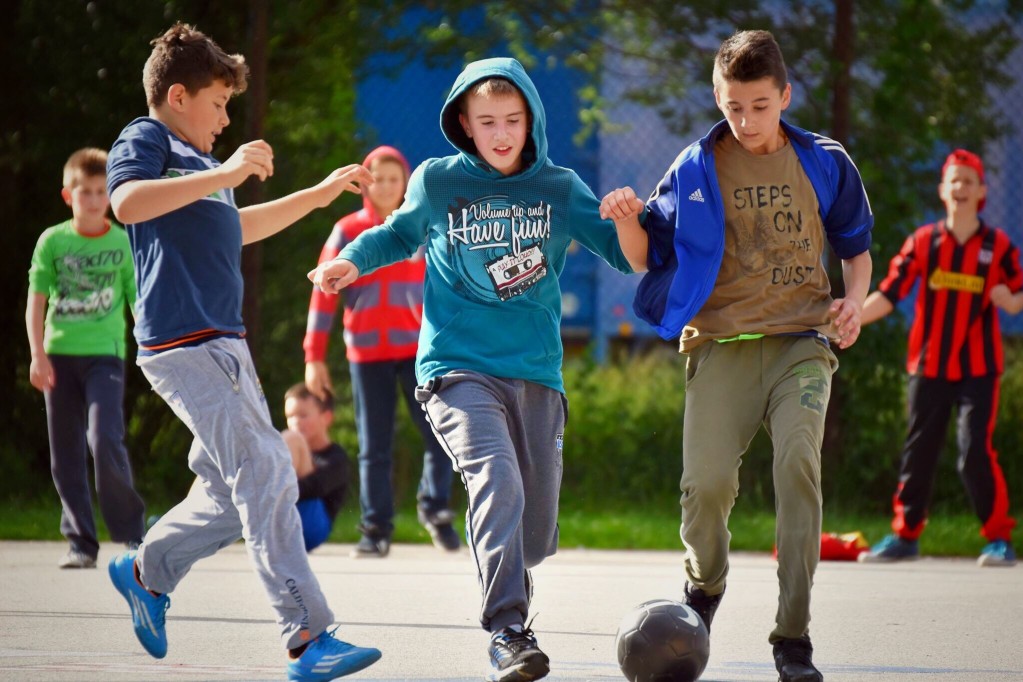Reach out to those around you
Do you remember coming home from school and running through the neighborhood at a thundering speed, playing catch with your pals, and having a last-minute pizza dinner with your best friend’s family? Past generations have enjoyed much more freedom and safety than young people today. In a bygone era, if you got hurt, in trouble, or lost near your home, you felt safe because you knew your neighbors and had only to turn to one of them for help or reassurance. It’s important for the well-being of young people and society to reach out to one another and get to know neighbors. Caring Neighborhood is Asset 4 of Search Institute’s 40 Developmental Assets, the qualities, experiences, and relationships that help young people grow up healthy, caring, and responsible.
Here are the facts
Research shows that young people are more likely to grow up healthy if they live in a community with caring neighbors. About 37 percent of young people, ages 11–18, report that they have caring neighbors, according to Search Institute surveys.
The key is to create a safe haven in which young people feel loved, supported, and understood.
Tips for building this asset
Friendships and trust only develop when people take risks by acknowledging their neighbors, getting to know them, and taking time to form relationships. How well do you know your neighbors? Do you know their names? Get to know those who live around you. Begin by greeting your neighbors when you see them outside. With a little effort, you’ll get to know the young people you live near and they’ll get to know you.
Also try this:
- In your home and family: Encourage your child to get to know the people in your neighborhood by being a role model. Walk through the neighborhood as a family. Organize a potluck, cookout, or block party with your neighbors.
- In your neighborhood and community: Meet with a neighborhood group or start a small group if one doesn’t exist. Do activities together, such as creating a community garden or forming a “welcome wagon” of youth and adults to greet new residents.
- In your school or youth program: Create a magazine or book about local history. To do so, ask students or participants to interview some of the older neighbors and collect their stories.
—
Developmental Assets® are positive factors within young people, families, communities, schools, and other settings that research has found to be important in promoting the healthy development of young people. From Instant Assets: 52 Short and Simple E-Mails for Sharing the Asset Message. Copyright © 2007 by Search Institute®, 877-240-7251; www.search-institute.org. This message may be reproduced for educational, noncommercial uses only (with this copyright line). All rights reserved.
